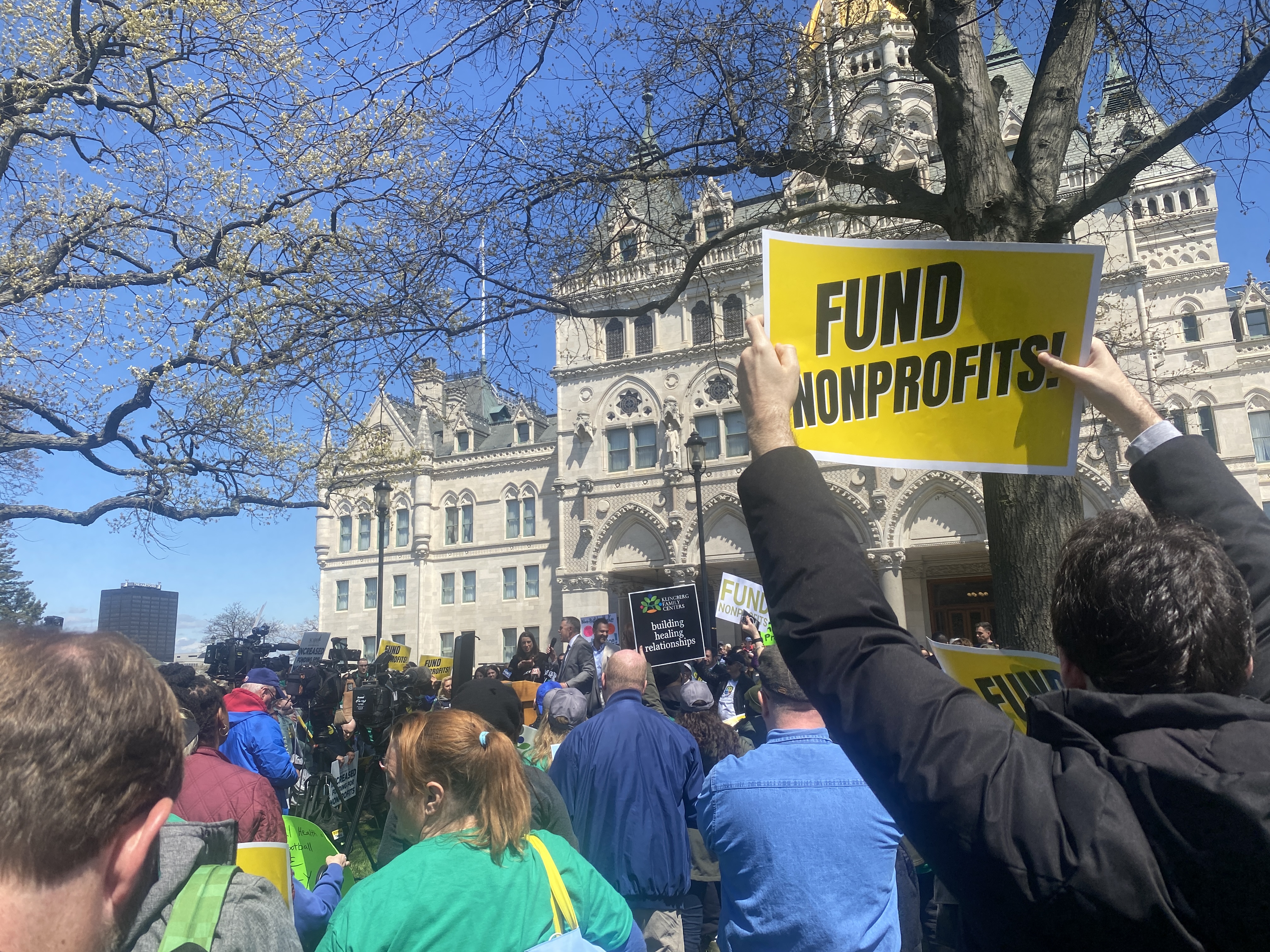To help boost job growth and the economy, southeastern Connecticut is looking no further than its shoreline. U.S. Maritime Administrator retired Rear Adm. Mark Buzby, USN, toured sea-based businesses Monday that included Mystic Seaport, the Cross Sound Ferry, Thames Shipyard & Repair Co., New London State Pier and Essex Boat Works.
“As the highways become more congested, people are looking for alternative means and the ferry provides that. It’s basically a floating highway in itself,” said Stan Mickus, the director of marketing for Cross Sound Ferry Services.
That’s why the Cross Sound Ferry, which transports people, vehicles, even commercial vehicles between New London and Long Island, just got more than a $500,000 federal grant from the Maritime Administration, a subsector of the U.S. Department of Transportation.
The Thames Shipyard & Repair Co.—which is owned by Cross Sound and services its fleet of ferries and tugboats, along with other boats, including some from Delaware and New Jersey—has also received a different three grants from the same office over the years, Mickus said.
“Coming back to the waterways makes good common sense and we’re figuring out ways to come back to the waterways. This area has an abundance,” according to Buzby, who said cargo is key.
His office wants to provide incentives for maritime business to grow.
There are currently 182 large, ocean-going merchant ships nationwide—the smallest number since before World War II, Buzby said. It’s because the cost of operating a United States flag ship costs about $7 million more than its foreign competition, he added.
Local
There are multiple programs in place to try to offset some of the costs of doing maritime work and bring more people into the business.
Connecticut Port Authority Chairman Scott Bates said for the first time in its history, this state has a maritime strategy. The State Pier is currently under-utilized. He also mentioned the strategy to support dredging of the ports and waterways.
Especially with the expansion of Electric Boat, Bates said there are lot of manufacturing goods that require shipment. Plus there’s an emerging technology of wind turbines—which could see a home at the State Pier.
“And more traditional shipping of goods like lumber, construction, supplies. These are all good, blue collar jobs, working class jobs to support families,” Bates said.
The state just invested $15 million in revitalizing the pier including the demolition of selected structures, storm water treatment and drainage improvements, construction of a heavy lift pad and improvements to the load bearing capacity. Governor Dannel Malloy’s office previously called it a first-step in revitalizing the pier for “potential use in the deployment of equipment and workers for the seven offshore wind projects currently planned in the northeast.”
Congressman Joe Courtney (D – Dist. 2) is pushing for the wind turbine prospect and said Connecticut needs to take advantage of all the potential. Many businesses are now trying to avoid congested highways.
“We really need to go back to the future in terms of really using what really is the reason people settled here to begin with, which is the proximity to water,” Courtney said, who invited Buzby to the shoreline.
Courtney said there will be upgrades to the freight rail that runs from the State Pier in New London up through Massachusetts. It’ll pass Norwich, Willimantic and several towns in between, so that will help industry in the northeast inland parts of the state as well.



